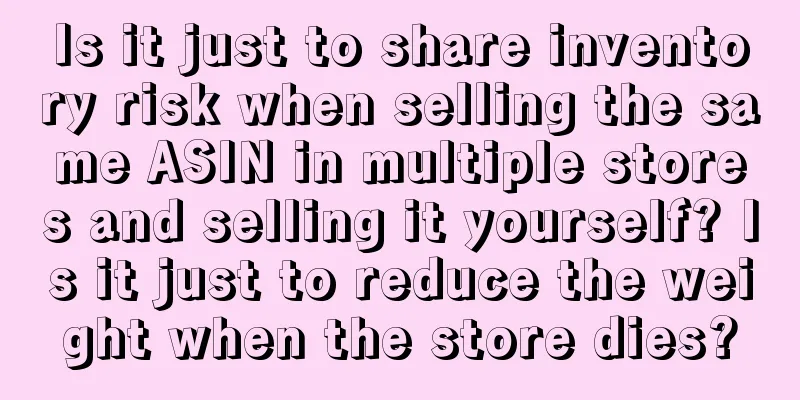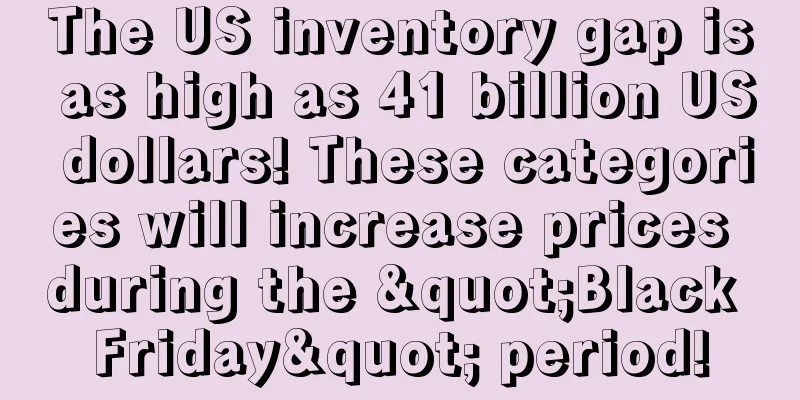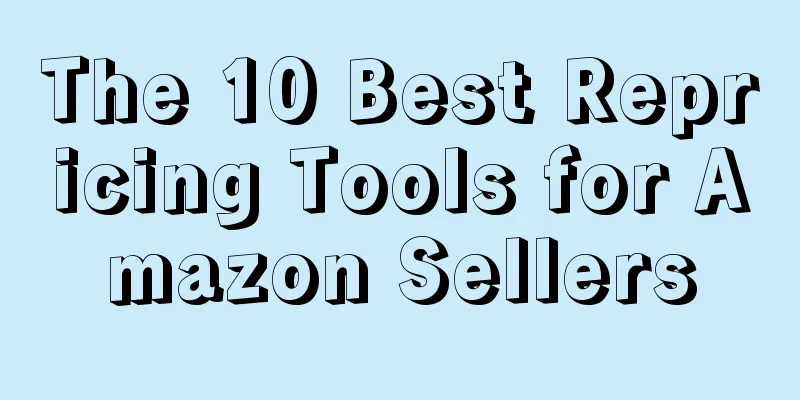Is it just to share inventory risk when selling the same ASIN in multiple stores and selling it yourself? Is it just to reduce the weight when the store dies?

|
I often see many big sellers selling the same ASIN in 3-5 stores. Is it just to reduce the weight when the store is dead? I see many people doing this. It is understandable that the European site involves under-declaration, but why do so many people do this in North America where there is no risk of under-declaration? Wouldn't it be better to have more stores and more ASINs? Of course, this would require more resources and funds. Or if a store dies, you can use a new store to sell the products of the dead store and transfer goods from overseas warehouses. If the store is still alive, you can sell its own products independently. Wouldn't that be better? The summary of the best sellers is as follows: The purpose of big sellers using small accounts to copy and sell in multiple stores: First: Inventory capacity: Each account can increase inventory capacity by 200 or more, reduce out-of-stock, and ensure conversion and weight Second: Risk control: prevent competitors from making spoofs or Amazon from going crazy, and share the risk of listing being removed due to complaints and reviews Third: Operation: Use small accounts to evaluate and brush orders and ratings, use new technologies and other illegal operations to experiment, and reduce the risk of large accounts Fourth: Quality control: Cooperating with 2-3 factories for the same product can reduce dependence, and can compare quality control, so that the best will survive. Fifth: Weight: The price can be high or low, which can increase the weight of the buybox seller in a certain sense, the flywheel theory |
<<: Creating high-converting Amazon listings
>>: How do Amazon sellers participate in free promotions?
Recommend
Trillion-level track is surging! The "cross-border e-commerce + industrial belt" trend is booming
In 2024, facing the complex and changing internati...
Amazon Product Profit Calculator (with Instructions)
Profit Calculator Tutorial On-site profit trackin...
Revealed! New directions of Amazon's popular categories that you don't know about!
text Amazon’s popular categories and niche produc...
What is Prime Day Exclusive? Prime Day Exclusive Review
Prime Day Exclusive is a new event launched by Ama...
Trembling! Sellers face store closures and a sharp drop in orders overnight
Recently, the most discussed topics in the Amazon ...
What is Elance? Elance Review
Elance (now the official website has become "...
US retailers face tough transition as suppliers forced to cut purchases
US retailers are in an unprecedented inventory cri...
Announcement! Amazon's fees have increased
The first-leg freight has increased, the product ...
What is AliExpress's overseas return service? AliExpress's overseas return service review
In order to improve the order conversion rate of s...
What is Staples? Staples Review
Staples is a world-leading office supply company. ...
Super detailed analysis of Amazon traffic and conversion
Regarding the conversion rate, if you don't k...
What is FLEXE? FLEXE Review
FLEXE is an on-demand warehouse management platfor...
Etsy Q4 revenue exceeded expectations, with 92 million active buyers
It is learned that on February 21, Etsy, the large...
Walmart launches a new round of competition with Amazon! Walmart uses its key advantages to play a "three-pronged approach"
In the United States, Amazon dominates with nearly...
Etsy updates payment reports for sellers! Help boost sales in 2022!
<span data-shimo-docs="[[20,"获悉,据外媒报道,近日Et...









